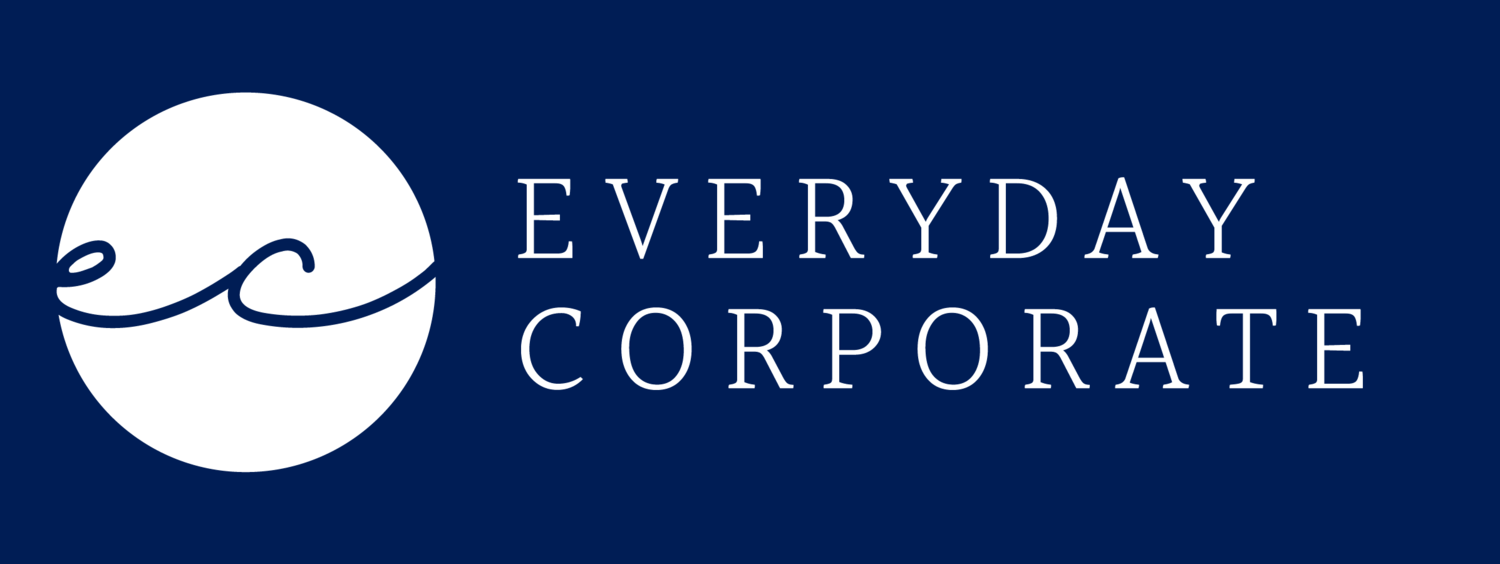What is Inbound Marketing?
It is a method for growing an organization by building lasting relations with people and helping them to reach their goals. It is a methodology which attracts customers by creating valuable content that is useful to them and tailored experiences.
It differs from outbound marketing, which interrupts your customers with content that they aren’t particularly looking for but may be interested in. Inbound marketing uses connections with customers to help solve problems that they might have.
There are 3 stages:
1. Attract Stage: Earn people’s attention
Focus on this stage if you are trying to generate more traffic and leads
Blogging
SEO
Social Media
Paid Search and Display Ads
2. Engage Stage: Opening relationships
Focus on this stage if you are trying to convert more leads or lowering new customer acquisition cost
Website and email personalization
Database segmentation
Marketing automation
Lead nurturing
Multichannel communication
3. Delight Stage: Creating buzz around your brand
Focus on this stage if you’re looking to improve customer retention and referrals
Social Mentions
Reviews
Word-of-mouth
Customer loyalty program
User-generated content
Next we should create a buyer persona for your customers.
What is a Buyer Persona?
It is a fictional generalized representation of your ideal customer
Helps you understand your customers and prospects better, allows you to personalize marketing messages for your various audience segments. It should combine both demographic insights and buying insights for a better picture of how your company can get more business.
Note: Create as few buyer personas as possible
Tip: Use HubSpot’s make my persona tool
Now, consider the buyer’s journey.
The Buyer’s Journey:
Awareness stage > Consideration stage > Decision stage
Awareness:
A customer experiences a problem & seeks to better understand it
Speak to your buyer’s symptoms and problems
Help your buyers understand their experiences
Examples: blog posts, infographics, how-to-videos
Consideration:
A customer identifies the problem and is committed to understanding the solutions
Inform buyers about possible solutions
Help buyers evaluate the pros and cons of each solution
Examples: comparison guides, live webinars, assessments
Decision:
A customer identifies the correct solution and decides on the best vendor to provide that solution
Highlight the value of your solution
Convince prospects to choose you
Examples: free trial, demo, consultation
Next we talk about how to create the right content for your brand.
How to make content that drives action?
Compelling CTAs (actionable & design that stands out)
Best to direct CTAs back to website
Make CTAs easy to achieve
Shorten URLs
Collect emails, gather valuable information for a personalized experience
Next, set a goal for your content distribution.
How to set a content distribution goal?
Specific
Measurable
Attainable
Relevant
Time-bound
Meet your customers where they are at.
Know where they consume content.
Ask yourself: Where do your customers consume content?
Identify your buyer persona
They often include demographics, behaviour patterns, motivations, challenges and goals.
Conduct online research
Collect feedback
Conduct surveys, interviews or social media polls
Tap into audience insight tools
Example: Socialbakers
Review your analytics
Where are your audience coming from?
And finally, tracking.
Fundamentals of Behavioral Marketing and Customer Segmentation
1. Define the interactions you want to track
2. Implement tracking
3. Analyse and report how people are behaving on your website
4. Use this information to segment your contacts
a. Explicit segmentation – based on clear characteristics provided by your contacts or conversions (eg. They filled up a form to say they have a dog to get a discount on petfood)
b. Implicit segmentations – implied characteristics (eg. They browse pet food)
5. Use your segmentation to nurture
Softwares that help marketers execute:
SEO: SEMrush, Moz, Ahrefs and Google Search Console
Content marketing: Wordpress, Buzzsomo, Hotjar and Canva
Social Media marketing: Hootsuite, Buffer and Sprout Social
Advertising: Adroll, Rollworks, 6Sense and Adstream
Automation: Drip, Marketo, Omnisend
Reporting: Google Analytics, Hubspot, Databox
Collaboration/Project Management Tools: Slack, Trello, Asana, Airtable
Summary of learnings from Hubspot Academy.
